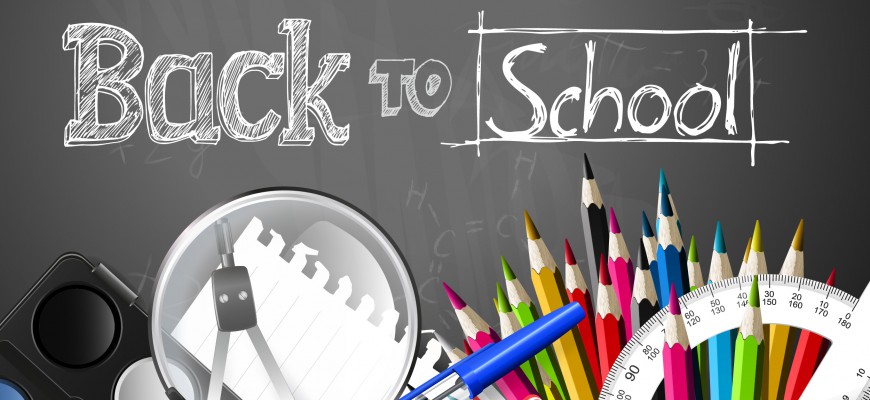Spending Smarts: How to Save Money on Back to School Shopping
It may still be summer, but people are already starting to plan ahead for this year’s holiday shopping. But the second biggest shopping season is by far the back-to-school shopping rush that run through early September, according to the National Retail Federation.
Spending this year is expected to be higher compared to last year, with many parents and students purchasing new electronics for school purposes along with clothing and more traditional school supplies.
The average spending on BTS shopping will be $673.57, up from $630.36 last year. While the cost of heading back to school could be considered high, shoppers can find relief by taking on the task with strategy.
Plan Ahead
Come September, teachers will implore students not to wait until the last minute to get their assignments done. However, waiting a little bit longer can sometimes be beneficial. According to Deloitte, early shoppers spent 26 percent more than those who waited until later to make purchases.
“Early shoppers spent 26 percent more than those who waited.”
Time reported that in September, retailers will want to start shedding their school supply inventory, and will begin marking down items. If you can’t wait until after Labor Day to do your BTS shopping, buy what you need earlier, then flesh out your supply later. Or, you can get a jump start on next year’s shopping by taking advantage of sale prices.
Buy What You Need
Shopping with a list is always a good idea, whether you’re headed to the grocery store or the mall. It will help prevent impulse buys or accidentally purchasing something you already have. Your child’s school likely sent you a list of items they’ll need to be prepared on the first day of school. Bring this list and be sure not to stray. Fun items may be tempting, but often aren’t necessary.
Parents will allocate the majority of their BTS shopping spend to clothing, with the average person spending $235.39 on new clothes, according to NRF. But there are many ways you can reduce this spend.
Bankrate suggested shopping your closet first. Before you head to the mall, take an afternoon to go through your child’s closet to find out what still fits, what’s still in good shape and what needs to be discarded. When you have a good idea of how many pairs of pants and shirts are still usable from last year, you’re less likely to overspend.
If you have more than one child, the younger may have already had the delight of getting hand-me-downs. While they likely prefer to pick out their own things, there’s little variation between basic school supplies like protractors and graphing calculators. Before buying items like this, check to see if you or your older child has them tucked away somewhere.
Choose Wisely
NRF found that most people plan to get their shopping done at discount stores and department stores. Only 11.7 percent of people reported they plan to head to the thrift shop to find what they need. However, buying second hand will realize great cost savings. If you are willing to put in the time sifting through the many options, you’ll likely find some nice items your child will love.
Warehouse stores like Costco and Sam’s Club sell many items in larger quantities than you might think you need. But chances are before June, students will make their way through quite a bit of notebook and printer paper, lose their fair share of pens, pencils, erasers and highlighters, and flash drives will fill up or get lost. Head to these stores for some of the basics you know you’re going to repurchase later on in the year. You might spend a little bit more now, but you’ll actually end up spending less long-term.






